Nikon has announced the Nikon Nikkor Z 24-120mm F/4 S for its Z-mount. Its announcement comes as a bit of a surprise since previous lens road maps specified a 24-105mm F4 lens instead.
However, I am over the moon. Like many, I enjoyed the Nikon AF-S 24-120mm F4 VR and I’m delighted to see it getting the Z treatment. So, let’s take a closer look and how it compares with the older lens. Jump to conclusion
Shop Now
Browse Nikon Z 24-120mm F/4 in
Table of Contents
What is the Nikon Nikkor Z 24-120mm F/4 S
The Nikon Z 24-120mm F/4 S is an everyday zoom covering an angle of view between 84 and 20 degrees. As a result, the Nikon Z 24-120 F4 is as home shooting portraits as it is landscapes. And regardless of which focal length you use, your sensor will receive plenty of light thanks to its constant F4 aperture.
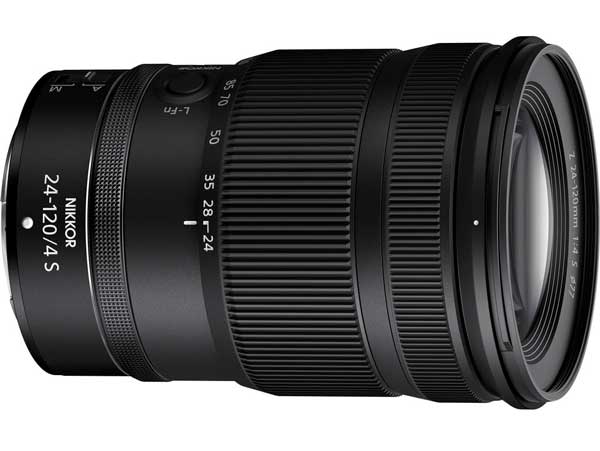
If you like to shoot up close, the Nikon’s minimum focus distance of 35 centimeters results in an impressive maximum magnification of x.039.
And like many of Nikon’s premium S line lenses, the Nikon Z 24-120mm F/4 is blessed with luxuries such as weather sealing, fluorine/nano lens coatings, and dual autofocus motors. As for ergonomics, you get a customizable control ring and Fn button that can be used to set aperture, drive autofocus, and more.
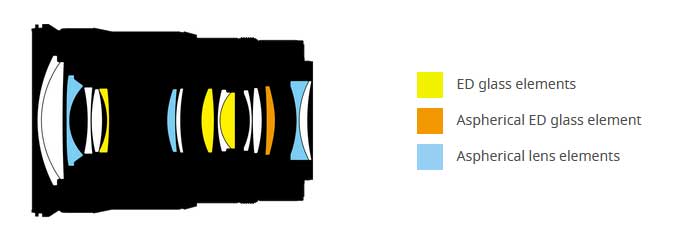
But unlike the older AF-S 24-120mm F4 VR, the newer lens lacks its optical image stabilization. Of course, this does not matter if you plan to use it with one of Nikon’s full-frame Z cameras since of all them feature in-body image stabilization. However, the lack of optical stabilization is a serious downside if you intended to mount this lens onto a DX camera such as the Nikon Z50 or Zfc.
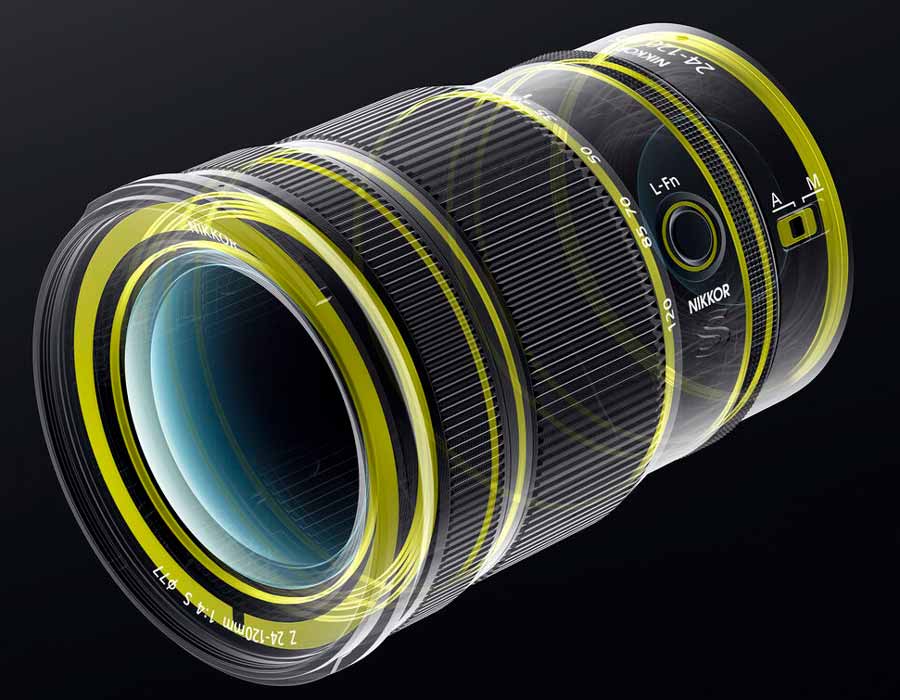
At 630 grams, the Nikon Z 24-120mm is relatively light for a lens of its class. As for size, the Z is 3.4 inches (85mm) wide and 4.7 inches (118mm) tall.
Overall, the Nikon Z 24-120mm appears to be a genuine everyday lens. But how does it compare to the older AF-S 24-120mm F/4 VR?
Shop Now
Browse Nikon Z 24-120mm F/4 in
Nikon Z 24-120mm F/4 vs AF-S 24-120mm F/4 VR
I loved the older AF-S 24-120mm f/4 lens. And since it was often packaged with popular Nikon DSLRs such as the Nikon D750, you may already have one and have the option of mounting it to a Z camera via the FtZ adapter.
Unfortunately, the Nikon AF-S 24-120mm was a solid rather than spectacular performer. It tended to be soft wide-open at 24mm and very soft beyond 100mm. That being said, it was incredibly versatile for several reasons.
First of all, its vibration reduction was very effective and thanks to its weather-proof build and glare-resistant nanocoatings, it was good for all kinds of outdoor conditions. Therefore, the AF-S 24-120mm F/4 was an outstanding choice for the practical photographer. Nevertheless, the AF-S 24-120mm was released in 2010 so how does it compare to 2021’s Z version?
Nikon Z 24-120mm F/4 Specifications
| Nikon Z 24-120mm F/4 | Nikon AF-S 24-120mm F/4 | |
|---|---|---|
| Price | US$1096 | US$1096 |
| Min Length | 118mm | 103mm |
| Max Length | ? | 148mm |
| Width | 84mm | 84mm |
| Weight | 630 g | 710 g |
| Filter Size | 77mm | 77mm |
| Optical Design | 16 Elements in 13 Groups | 17 Elements in 13 Groups |
| Aperture Diaphragm | 9 Rounded Blades | 9 Rounded Blades |
| Max Aperture | F/4 | F/4 |
| Min Aperture | F/22 | F/22 |
| Minimum Focus Distance | 35cm | 45 cm |
| Max. Magnification | 0.39x | 0.24x |
| Autofocus | Yes | Yes |
| Image Stabilization | No | Yes |
Image Stabilization
Unlike the older lens, the Z 24-120mm F/4 lacks optical image stabilization. Of course, this is no big deal if you have a full-frame Z camera since all of them have sensor-based image stabilization. But if you plan on using this lens on a Nikon Z50 or Zfc, you’ll need to bend a knee to the reciprocal rule.
Size and Weight
As for size, the older lens appears to have the advantage. However, once you factor in the FtZ adapter, the older lens grows an additional 30mm and carries an additional 135 grams around its waist.
| Nikon Z 24-120mm F/4 | Nikon AF-S 24-120mm F4 | Nikon AF-S 24-120mm F4+ FtZ | |
|---|---|---|---|
| Min Length | 118mm | 103mm | 133mm |
| Max Length | ? | 148mm | 178mm |
| Width | 84mm | 84mm | 84mm |
| Weight | 630 g | 710 g | 845 g |
Image Quality
In terms of image quality, the Nikon Z 24-120mm F4 has yet to prove itself. But in the meantime, we can compare its MTF curves with the older AF-S 24-120mm. As you can see, the newer lens does well indeed.
Nikon Z 24-120mm F4 S MTF Curves
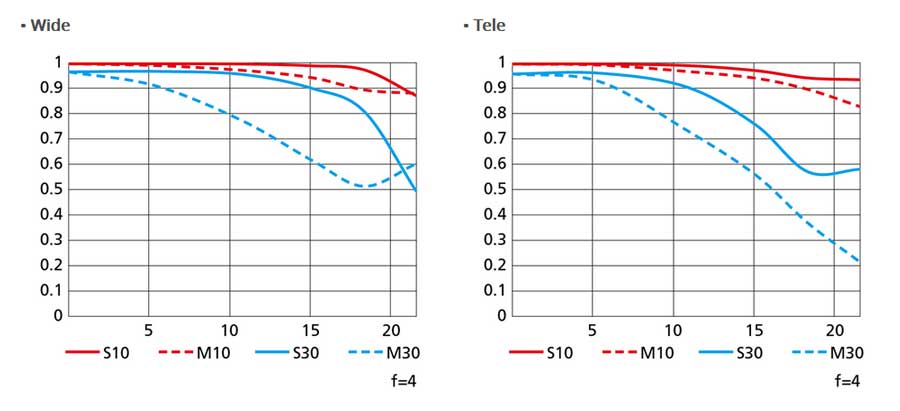
Nikon AF-S 24-120mm F4 VR MTF Curves
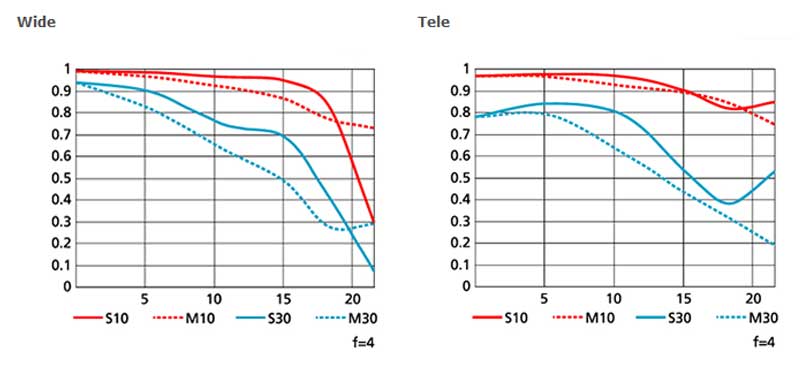
But regardless of MTF curves, it’s highly probable the Nikon Z 24-120mm F/4 will be optically superior to the older lens, as has been the case with all Z lenses and their F-mount equivalents so far.
This comes down to newer technologies, the larger diameter Z-mount, and lenses optimized for digital correction. As a result, the Nikon Z 24-120mm F4 will probably do to the AF-S 24-120mm what the Nikon Z 24-70mm F4 did to the vastly more expensive Nikon AF-S 24-70mm F/2.8.
Conclusion
The Nikon Z 24-120mm F4 looks like another home run for Nikon. If you are looking for an everyday lens, this could be it.
It’s a shame that the new lens misses out on optical image stabilization leaving Zfc and Z50 shooters at the mercy of the reciprocal rule. But if you are shooting a full-frame Z camera – your in-body sensor-based stabilization already has you covered.
Compared to the older lens, the Nikon Z is superior in almost every way. And once you add on an FtZ adapter, the older lens is larger and heavier.
Best of all, the Nikon Z 24-120mm F4 costs the same as the older AF-S model. At a time when lenses keep getting more expensive, the Z 24-120mm is a welcome breath of fresh air. It also means that the older AF-S makes little sense unless you’re committed to staying with the F-Mount.
Overall, the Nikon Z 24-120mm F4 is shaping up as a versatile and affordable option for Nikon Z owners. This lens, along with the technologies likely to trickle down from Nikon Z9 means there’s never been a better time to say goodbye to your DSLR.
Shop Now
Browse Nikon Z 24-120mm F/4 in
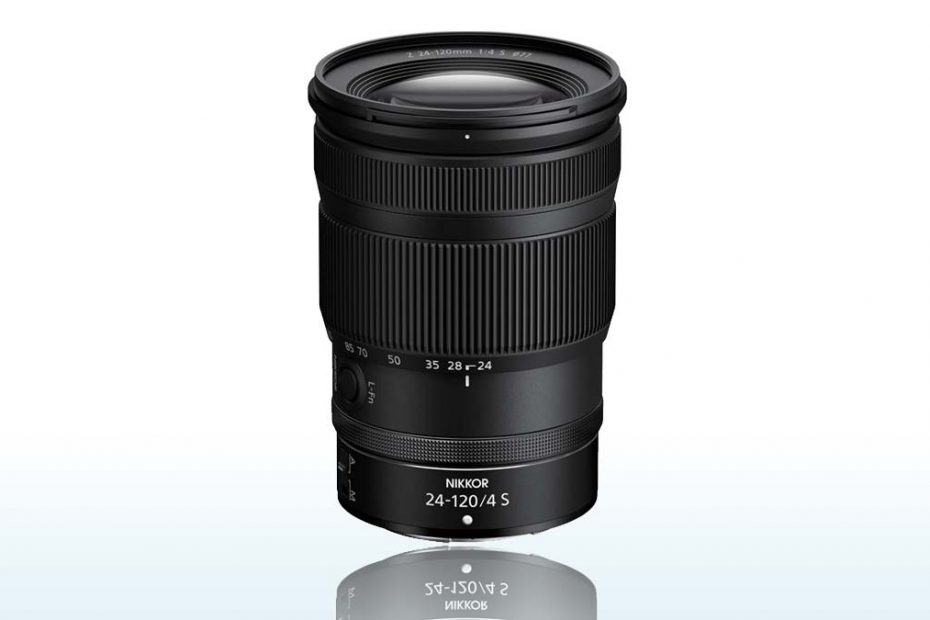
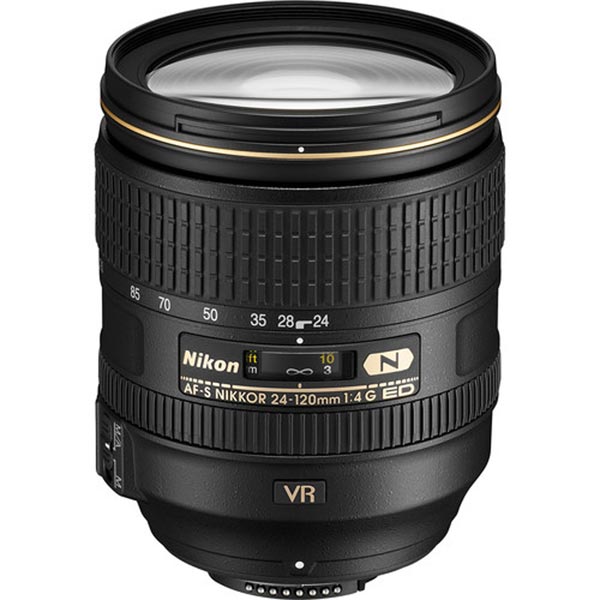
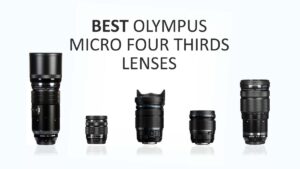
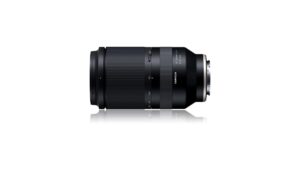
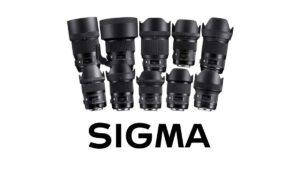
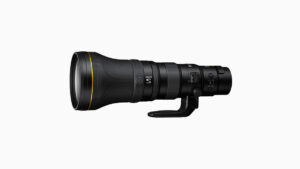
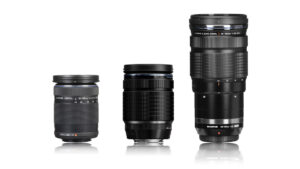
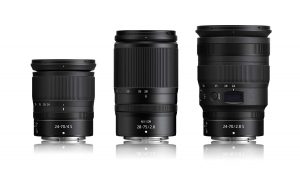
I have the 40 on back order. This will be my first plastic mount lens, but I fail to see why the mount should be inferior to metal other perhaps in wear-resistance. We are not talking kids-toy plastic.
Apparently metal mounts are screwed into plastic lens bodies anyway.
I agree. For me, the absence of a metal mount screams cost savings and a sort of bleak austerity which needlessly takes the shine off an otherwise great product. But from a practical point of view, if that is all that matters, it probably makes no difference at all.